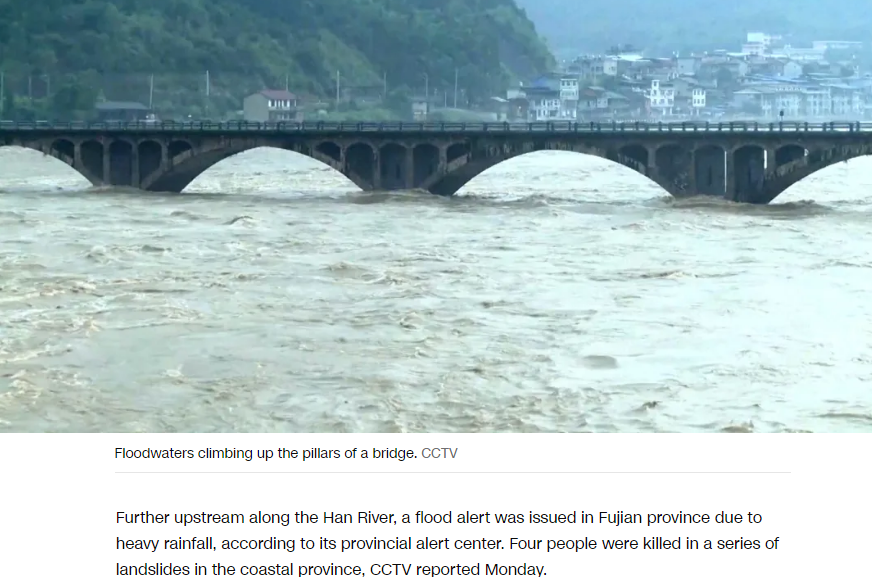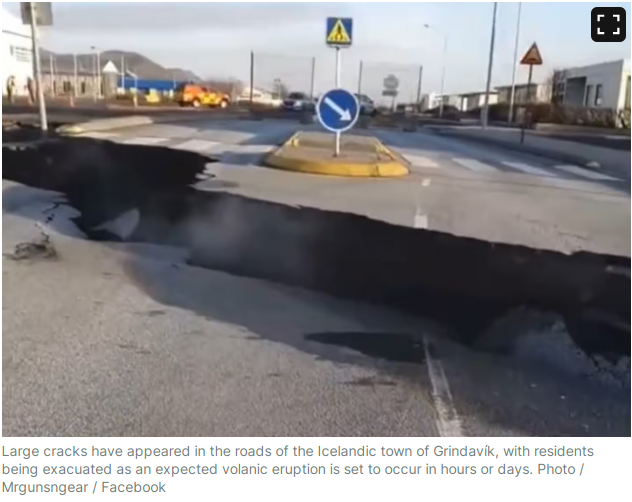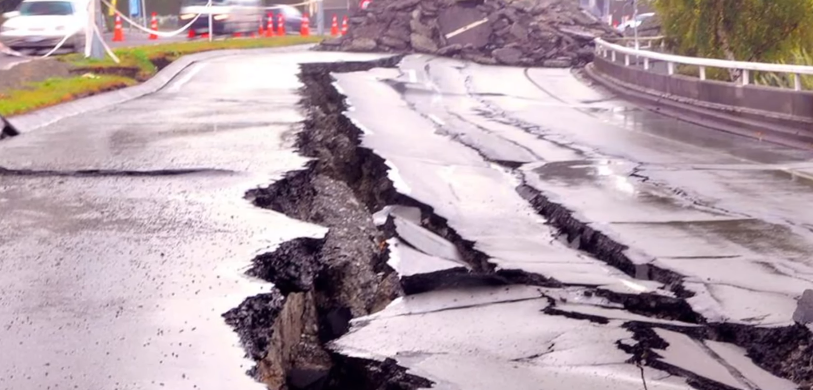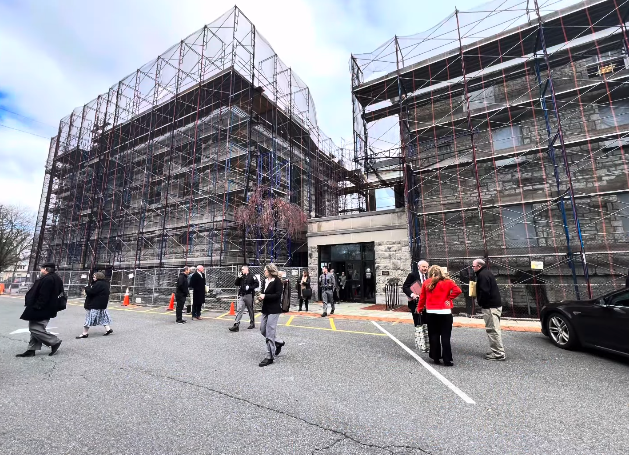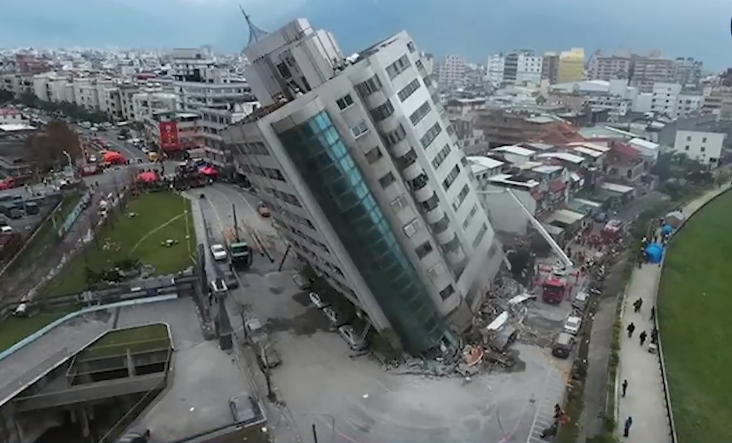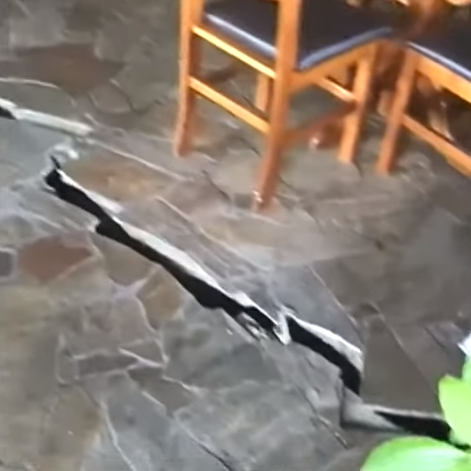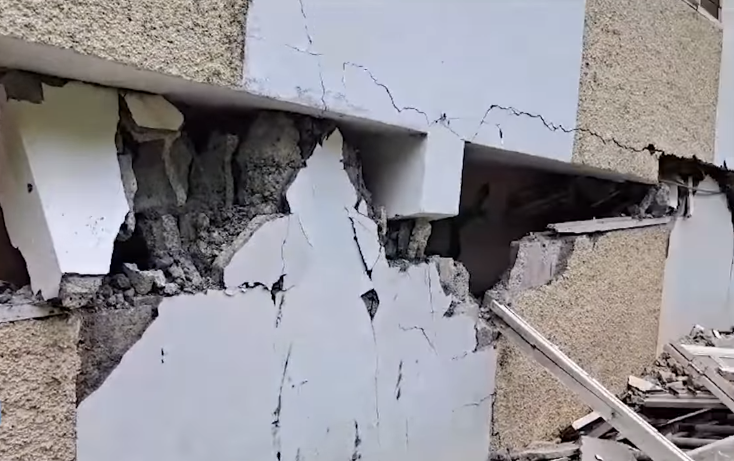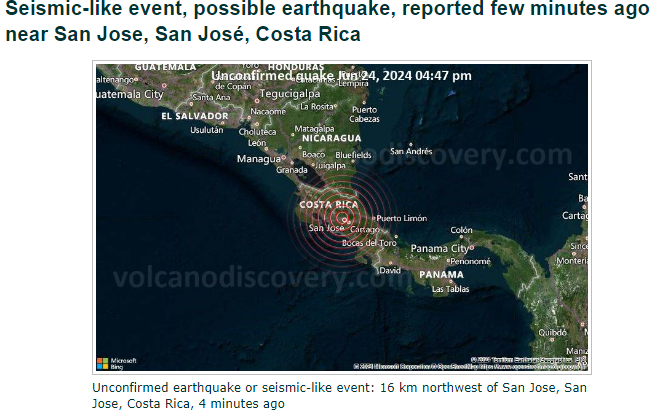The Saffir-Simpson Hurricane Wind Scale is a 1 to 5 rating based on a hurricane’s sustained wind speed, providing an estimate of potential property damage. Hurricanes reaching Category 3 and higher, including Category 4 hurricanes, are considered major hurricanes due to their potential for significant loss of life and damage. In this article, we will delve into the characteristics, potential damage, and preparedness measures associated with Category 4 hurricanes.
| Category | Sustained Winds | Types of Damage Due to Hurricane Winds |
|---|---|---|
| 1 | 74-95 mph (64-82 kt or 119-153 km/h) | Very dangerous winds will produce some damage: Well-constructed frame homes could have damage to roof, shingles, vinyl siding and gutters. Large branches of trees will snap and shallowly rooted trees may be toppled. Extensive damage to power lines and poles likely will result in power outages that could last a few to several days. |
| 2 | 96-110 mph (83-95 kt or 154-177 km/h) | Extremely dangerous winds will cause extensive damage: Well-constructed frame homes could sustain major roof and siding damage. Many shallowly rooted trees will be snapped or uprooted and block numerous roads. Near-total power loss is expected with outages that could last from several days to weeks. |
| 3 (major) | 111-129 mph (96-112 kt or 178-208 km/h) | Devastating damage will occur: Well-built framed homes may incur major damage or removal of roof decking and gable ends. Many trees will be snapped or uprooted, blocking numerous roads. Electricity and water will be unavailable for several days to weeks after the storm passes. |
| 4 (major) | 130-156 mph (113-136 kt or 209-251 km/h) | Catastrophic damage will occur: Well-built framed homes can sustain severe damage with loss of most of the roof structure and/or some exterior walls. Most trees will be snapped or uprooted and power poles downed. Fallen trees and power poles will isolate residential areas. Power outages will last weeks to possibly months. Most of the area will be uninhabitable for weeks or months. |
| 5 (major) | 157 mph or higher (137 kt or higher or 252 km/h or higher) | Catastrophic damage will occur: A high percentage of framed homes will be destroyed, with total roof failure and wall collapse. Fallen trees and power poles will isolate residential areas. Power outages will last for weeks to possibly months. Most of the area will be uninhabitable for weeks or months. |
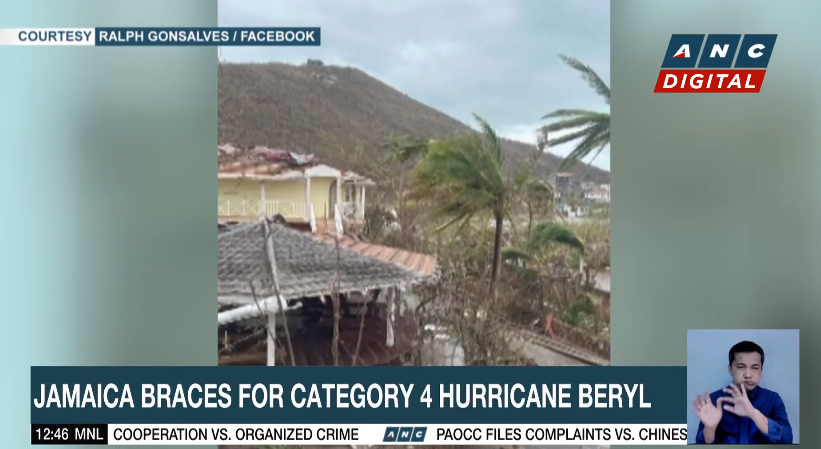
Characteristics of Category 4 Hurricanes
Category 4 hurricanes are characterized by sustained winds ranging from 130 to 156 mph (113-136 kt or 209-251 km/h). These winds can cause catastrophic damage, as they can severely damage well-built framed homes, snap or uproot most trees, and down power poles, leading to widespread power outages that can last for weeks to months. Category 4 hurricanes can also produce storm surges of 13 to 18 feet above normal tide, further exacerbating the potential for damage and posing a significant threat to life and property.
Notable Category 4 Hurricanes
Throughout history, numerous Category 4 hurricanes have left their mark, causing significant damage and loss of life. For instance, Hurricane Dog in 1950 reached maximum sustained winds of 145 mph (230 km/h) and a minimum pressure of 943 mbar (hPa; 27.85 inHg). More recently, Hurricane Harvey in 1981 had maximum sustained winds of 130 mph (215 km/h) and a minimum pressure of 946 mbar (hPa; 27.94 inHg).
Preparedness for Category 4 Hurricanes
Given the potential for catastrophic damage associated with Category 4 hurricanes, it is crucial to be prepared. The National Hurricane Center recommends the following steps to ensure readiness:
- Stay informed: Monitor local news and official updates from the National Hurricane Center or your local emergency management agency for the latest information on the storm’s progression and potential impacts.
- Develop a plan: Create a family emergency plan that includes evacuation routes, communication methods, and meeting locations. Ensure that all family members are familiar with the plan.
- Build a disaster kit: Assemble a well-stocked disaster kit that includes essentials such as non-perishable food, water, first aid supplies, medications, flashlights, batteries, and important documents.
- Secure your home: Take steps to protect your property by reinforcing windows, securing outdoor furniture, and trimming trees and branches near your home.
- Evacuate if necessary: If local authorities issue evacuation orders, comply promptly and follow designated evacuation routes. Ensure that you have a safe place to stay, such as with friends, family, or at a designated shelter.
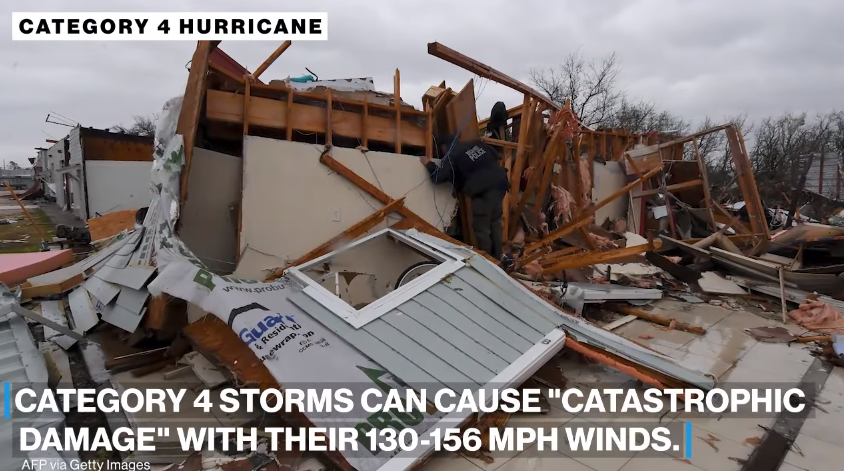
Conclusion
Understanding Category 4 hurricanes and their potential for catastrophic damage is crucial for effective preparedness and response. By staying informed, developing a plan, building a disaster kit, securing your home, and evacuating when necessary, you can help protect yourself, your family, and your community from the devastating impacts of these powerful storms.



